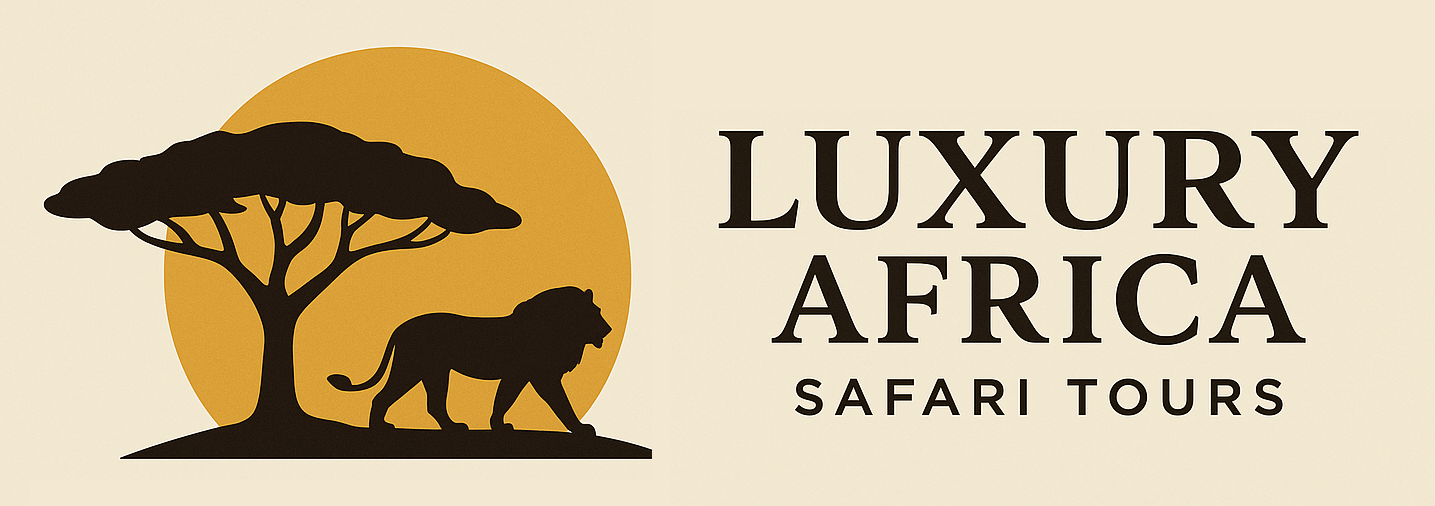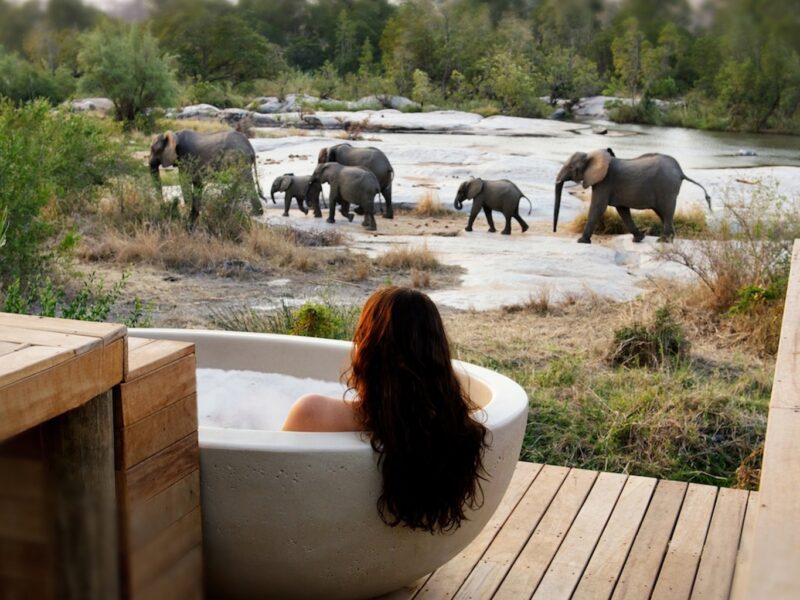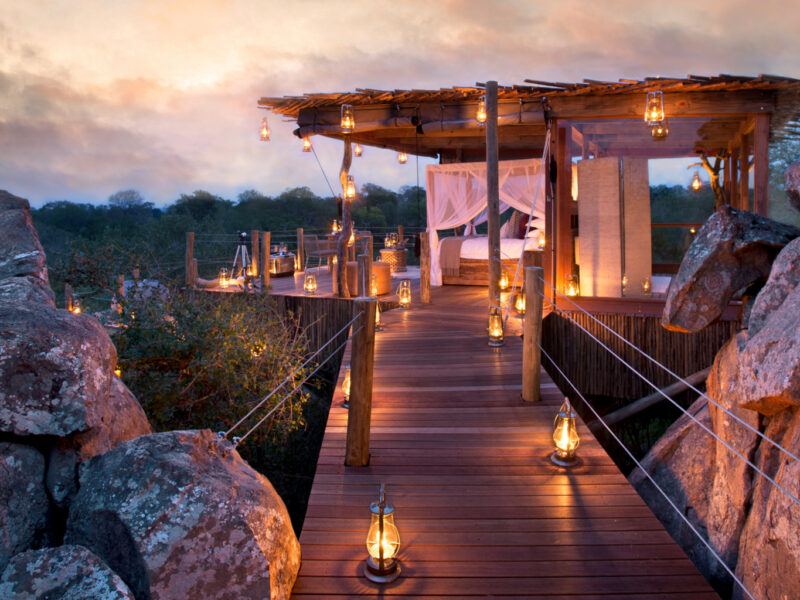The Serengeti Great Migration Part 2 – Rutting Season and the Push North
Part 2 of the Serengeti Great Migration is about momentum, instinct, and intensity. It’s the moment the wildebeest shift from nurturing their young to ensuring the next generation. The drama of the rut and the beauty of the journey north blend into an unforgettable safari experience—less predictable than the calving season, yet rich in action and deeply immersive.
As the rains begin to subside in May and June, the vast herds of wildebeest, zebras, and gazelles begin to leave the southern short grass plains of the Serengeti. This marks the second chapter in the great cycle of movement—the rutting season and the push north. The green pastures of Ndutu are slowly drying, and instinct drives the herds to seek out fresh grazing in the central and western Serengeti. With this movement comes a dramatic shift in behavior: the calm of the calving season gives way to the intensity of the rut, where males compete for dominance, and the long journey north begins.
The Rut: Nature’s Fierce Courtship
The rutting season—typically from late May through early June—is a time of fierce competition and raw, primal energy. Male wildebeest engage in head-to-head battles to establish territory and mating rights, locking horns in dusty confrontations that echo across the plains. These encounters, though brief, are powerful to witness. Dominant bulls attempt to control harems of females, but in the ever-moving chaos of the migration, holding a territory is a fleeting victory. The atmosphere during this time is electric with activity: dust clouds rising, hooves pounding, and the constant cacophony of grunts and calls.
The Push North Begins
Following the rut, the herds begin their northward journey, a slow but steady march driven by the need for greener grass and water. Their path takes them through the central Serengeti, an area rich in wildlife and predator activity. The landscape transitions from the flat plains of the south to the more undulating terrain of Seronera, with acacia woodlands, rocky outcrops, and river valleys. This region is home to some of the highest concentrations of big cats in Africa, including lions, leopards, and cheetahs, all of which are drawn to the abundance of prey now moving through their territory.
A Time of Abundance—and Danger
With the migration on the move, predator activity intensifies. Lions follow closely, hunting along the herds’ flanks, while cheetahs take advantage of open spaces for high-speed pursuits. Hyenas and jackals are ever-present, scavenging or hunting in packs. The herds must navigate through areas fraught with danger, making this part of the migration a thrilling spectacle of predator-prey interaction. The wildlife is plentiful, and the scenery dramatic, making it an ideal time for travelers who want to experience both migration movement and high-density predator sightings.
A Changing Landscape
As the herds move north, the rains taper off, and the grasses grow taller and more golden. The central Serengeti becomes drier, but water sources like the Seronera River sustain wildlife and attract game from all directions. The days are warm and sunny, with clear skies offering beautiful light for photography. It’s also a quieter time in terms of tourism, making it a perfect window for those who want to witness the migration without the peak-season crowds that gather later in the year at the river crossings.
Ideal Safari Experience
This phase of the migration offers a dynamic mix of behaviors—from courtship and dominance displays to predator hunts and the organized chaos of herd movement. It’s a time when you can spend hours observing wildebeest bulls bellowing and charging each other or sit silently watching a leopard draped over an acacia branch in the late afternoon sun. The central Serengeti is easily accessible and well-equipped with both mobile camps that follow the migration and permanent lodges that offer sweeping views of the passing herds.




